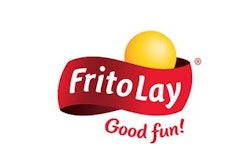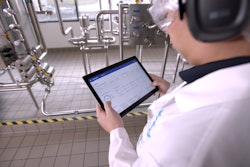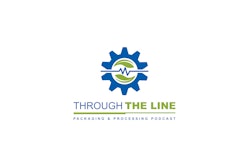
Tyson Foods has named Donnie King as president and chief executive officer, effective immediately, following the resignation of Dean Banks from the company and its board for personal reasons after an eight-month tenure. King has been with the company for more than 36 years and was named chief operating officer earlier this year.
“The board and I know that Donnie has a deep understanding of our business, values, and culture and the solid leadership skills needed to continue to implement our strategy and deliver strong results,” says John H. Tyson, chairman of the board. “We want to express our appreciation to Dean for his contributions as a board member and executive.”
Commenting on his new role at the company, King says, “I’m humbled but excited about leading Tyson Foods, a company that feeds millions of people and means so much to me personally. I believe we need to be sharply focused on operating with excellence, executing our strategies, and continuing to innovate across our businesses throughout the world. With our strong leadership team, we are committed to winning with our customers and delivering an outstanding team member experience.”
 | Tyson Develops Global Forest Protection Standard |
King has held a variety of executive leadership positions at Tyson involving multiple facets of the company, including poultry, beef, pork, prepared foods, and international. He has also provided executive oversight of other, such as food safety and quality assurance, health and safety, continuous improvement, engineering, and supply chain. He is the fifth CEO for Tyson in five years.





















